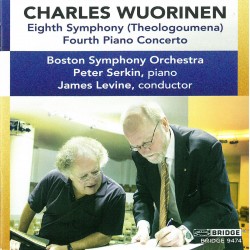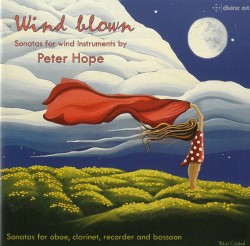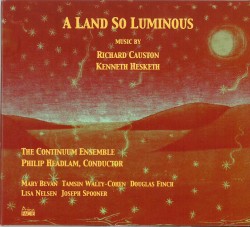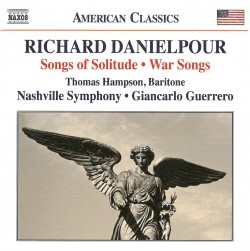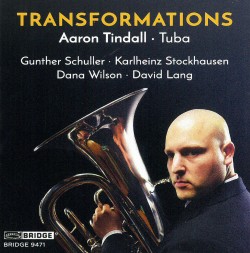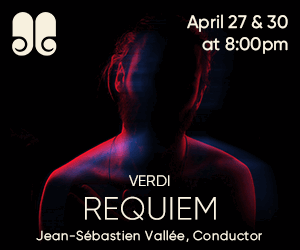Milhaud & Ginastera - Andrée-Ann Deschênes
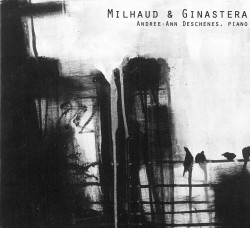 Milhaud & Ginastera
Milhaud & Ginastera
Andrée-Ann Deschênes
Independent (aadpiano.com)
Los Angeles-based Canadian pianist Andrée-Ann Deschênes has a thing for Latin American piano music. Her first CD was a collection of piano music from Cuba and Brazil. And in August, the Humber College grad – presently a doctoral music student at California’s Claremont Graduate University (CGU), with a teaching gig at Cal State LA – released Milhaud & Ginastera. Her second indie effort – in a recent interview with CGU’s magazine, The Flame, Deschênes calls herself an “indie pianist” (followed by, “if there’s such a thing!”) – offers two sets of dances for solo piano: one largely inspired by Rio de Janeiro’s neighbourhoods; the other, a well-known trio of Argentinian dances.
After a two-year stay in Rio (1917-18), French composer Darius Milhaud composed his 12-dance suite, Saudades do Brazil. Untranslatable, “saudade” suggests a feeling of longing, melancholy or nostalgia, a fixture in the music and literature of Brazil. In that same Flame interview, Deschênes says she chose these pieces “because they are such unique little gems of music.” And they are, each one its own, self-contained iteration of saudade, some poignant and dark, others more playful with driving rhythms. All tonally interesting, harmonically colourful and utterly charming. Deschênes captures the essence of saudade, tapping into an emotional connection to the material – you sense she’s both moved by it, yet at the same time, focused on the task at hand, technique crisp and clean.
Alberto Ginastera’s Danza Argentinas are also gorgeous gems, and Deschênes executes them deftly and sensitively; the middle, an achingly beautiful invocation.
Deschênes’ disc is a gem. ¡Fantástico!


